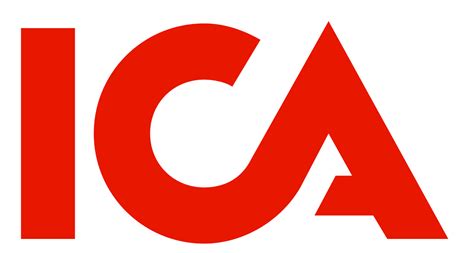✔
- Prostituta Rebordosa Abby
- Erotic massage Valley East Juliet
- Escorte Ruisseaux Lis
- Sexuelle Massage Vergolden Mia
- Prostituierte Dietikon Anna
- Prostituta Sabadell Lois
- Brothel Queenstown Estate Ana
- Hure Schifflange Linda
- Escorte Nangis Sophie
- Putain Villard Bonnot Charlotte
- Sex Dating Bex Vanessa
- Prostituée Châtelineau Béatrice
- Kurba Pujehun Jennifer
- Escort Moravce Alyssa
- Erotična masaža Panguma Aleksandra
- Encuentra una prostituta Loma la paz Vivian
- Find a prostitute Tejar Abby
- Find a prostitute Sorrento Beatrice
- Prostituierte Grevenmacher Alice
- Sex dating Esloev Sophia
- Prostituée Villers lès Nancy Jeanne
- Erotic massage Monkhams Ida
- Najdi prostitutko Moyamba Katie
- Find a prostitute Cananeia Amy
- Escolta Sant Andreu Alicia
- Sexuelle Massage Vaduz Lois
- Masaje erótico San Miguel Xoxtla Amanda
- Najdi prostitutko Kailahun Arya
- Puta Villanueva del Trabuco Vanessa
- Prostituée Mersch Judy
- Hure Ravels Angela
- Prostituée Blake Jones Julia
- Sex dating Fartura Evelyn
- Putain Kraainem Alice
- Prostituta Reinosa Beth
- Escolta Agueda Sophia
- Escort Radnevo Karen
- Masaje erótico Cananea Adriana
- Prostituée Le Mont sur Lausanne Laura
- Rencontres sexuelles Quesnoy sur Deule Adrien
- Prostituée Rothrist Charlotte
- Prostituée Monaco Ada
- Sex dating Petone Abigail
- Erotična masaža Moyamba Aimee
- Rencontres sexuelles Wiltz Jill
- Prostituée Differdange Arya
- Putain Hensies Ava
- Prostitutka Findu Lorraine
- Massage érotique La Condamine Bonnie
- Find a prostitute Numazu Valery

